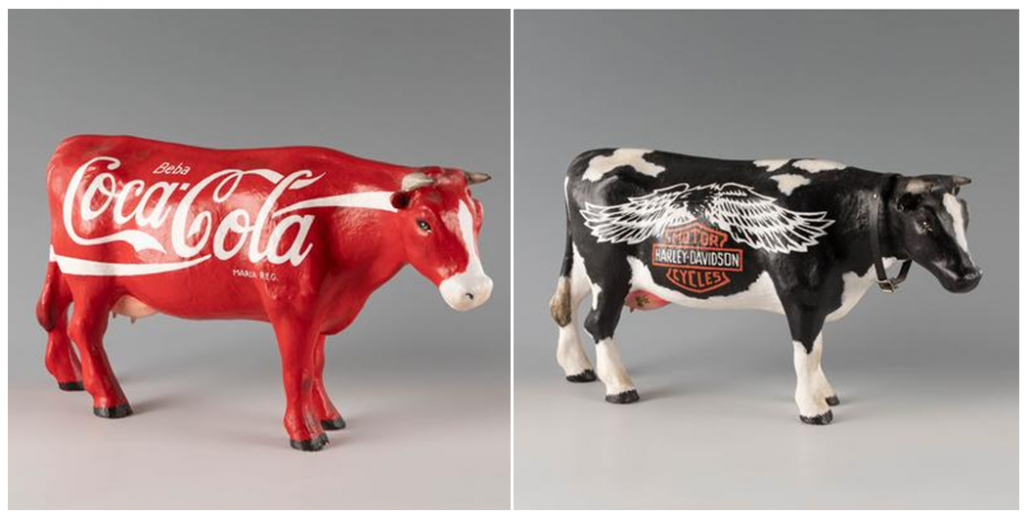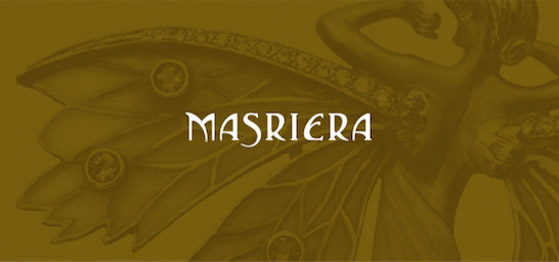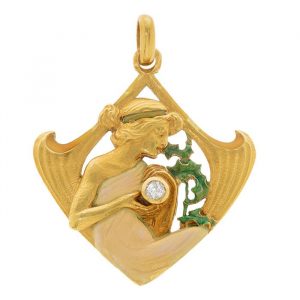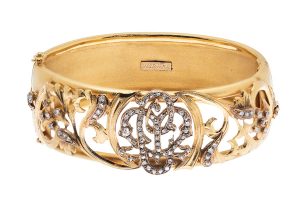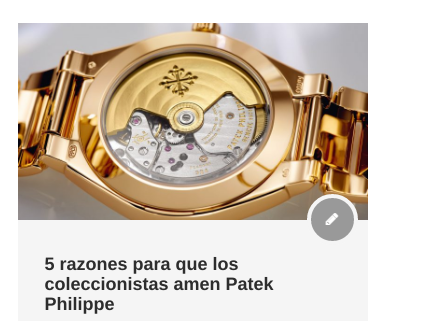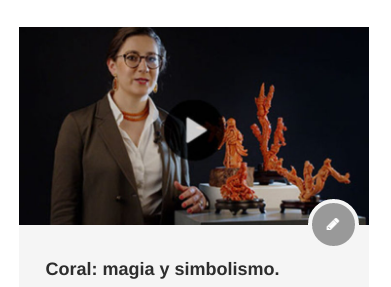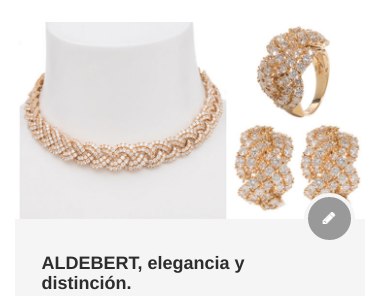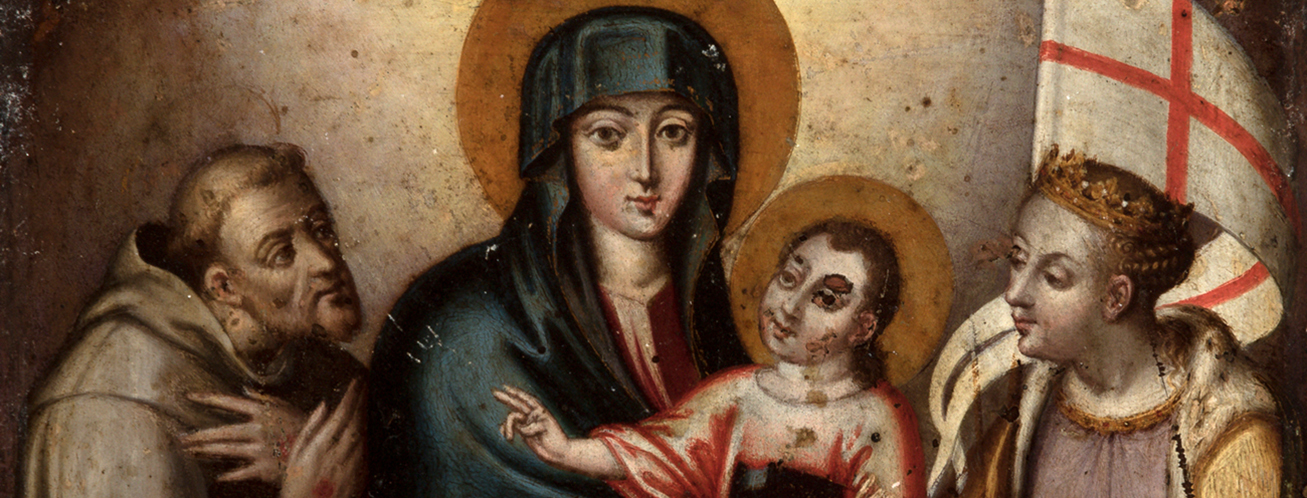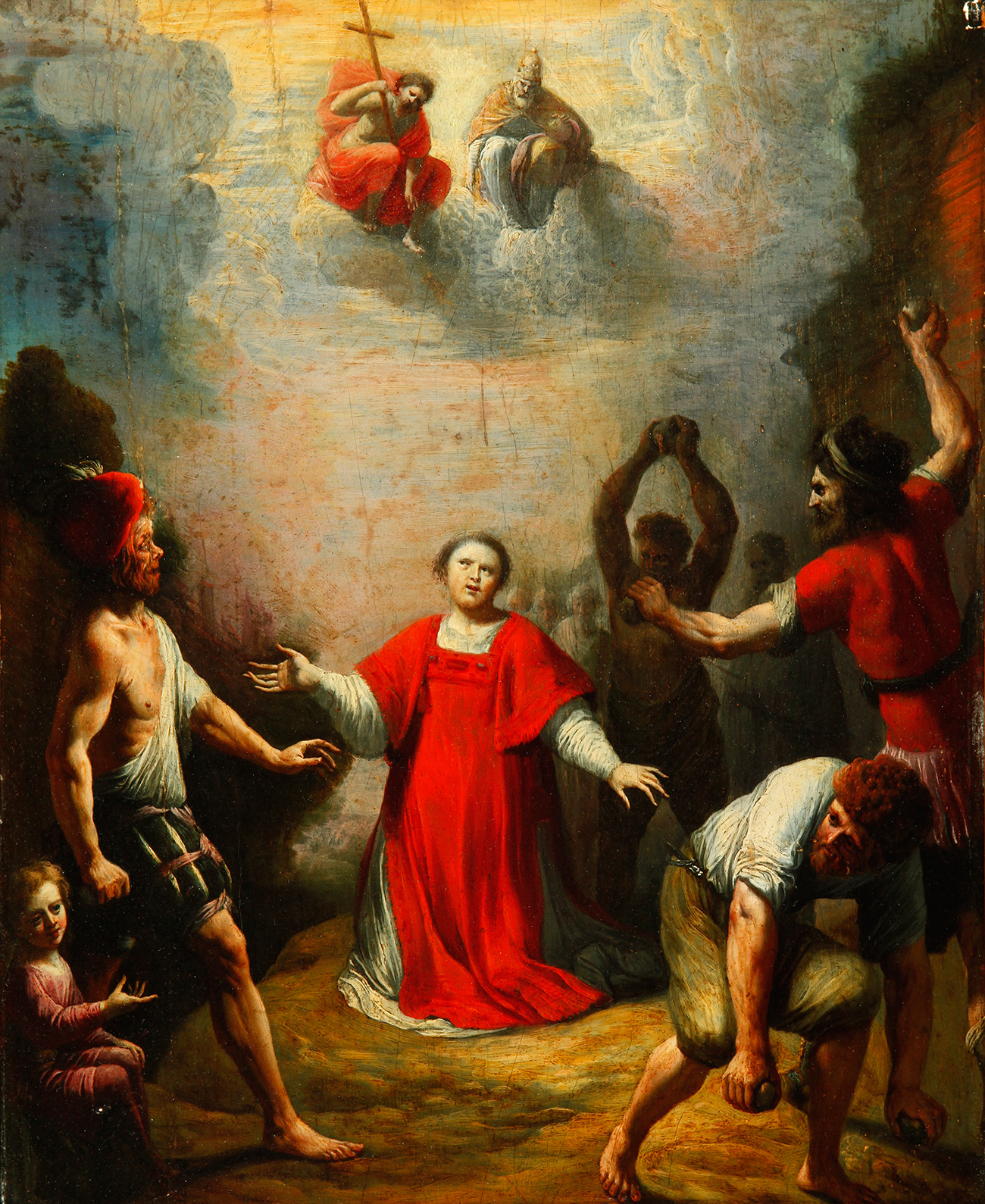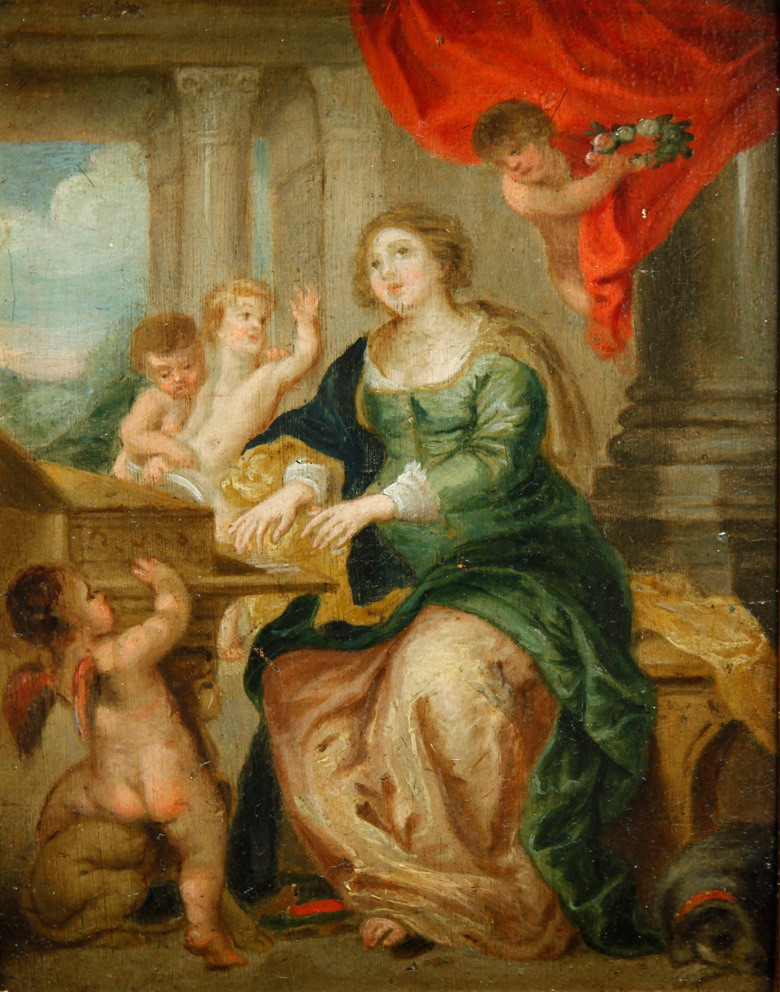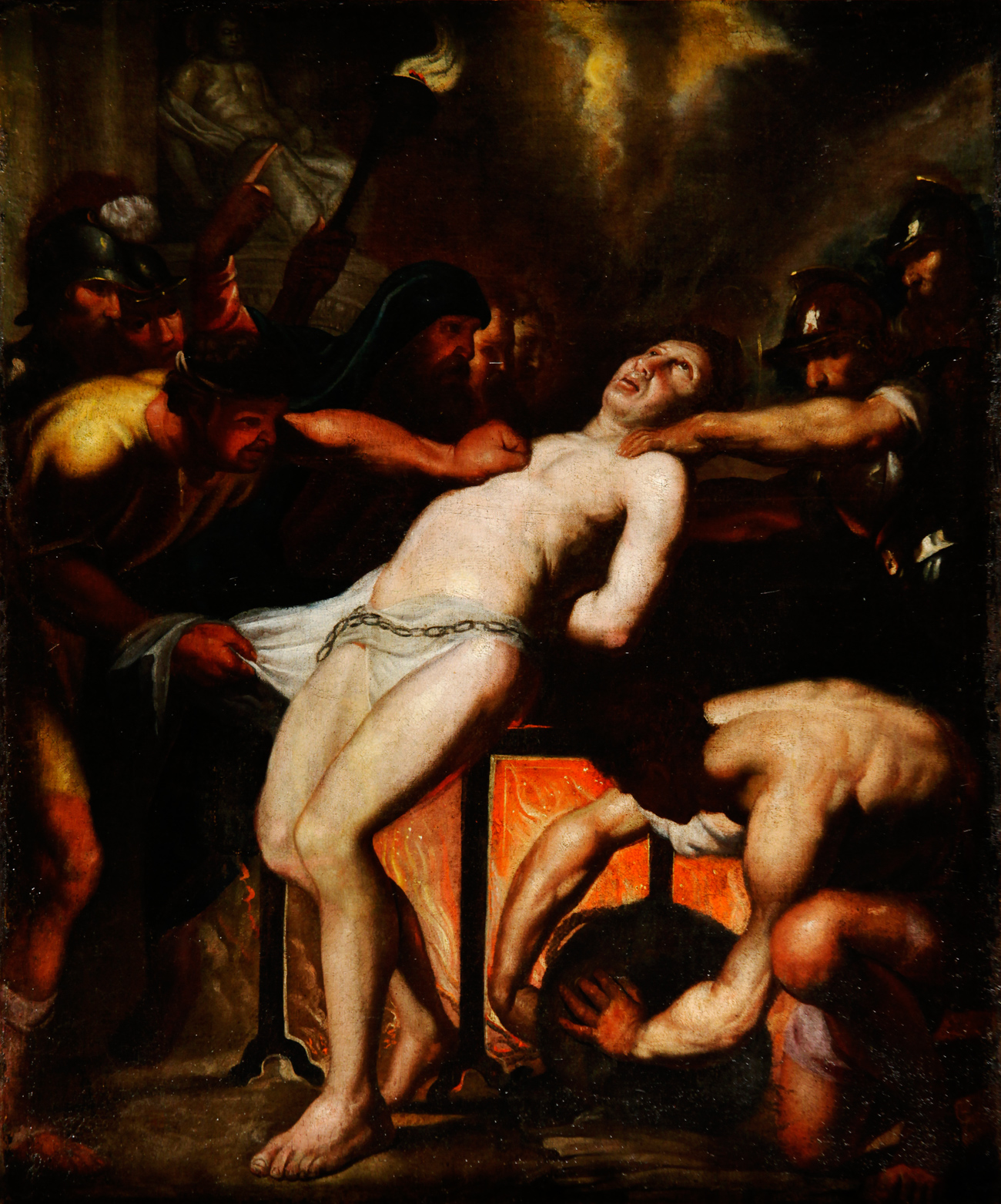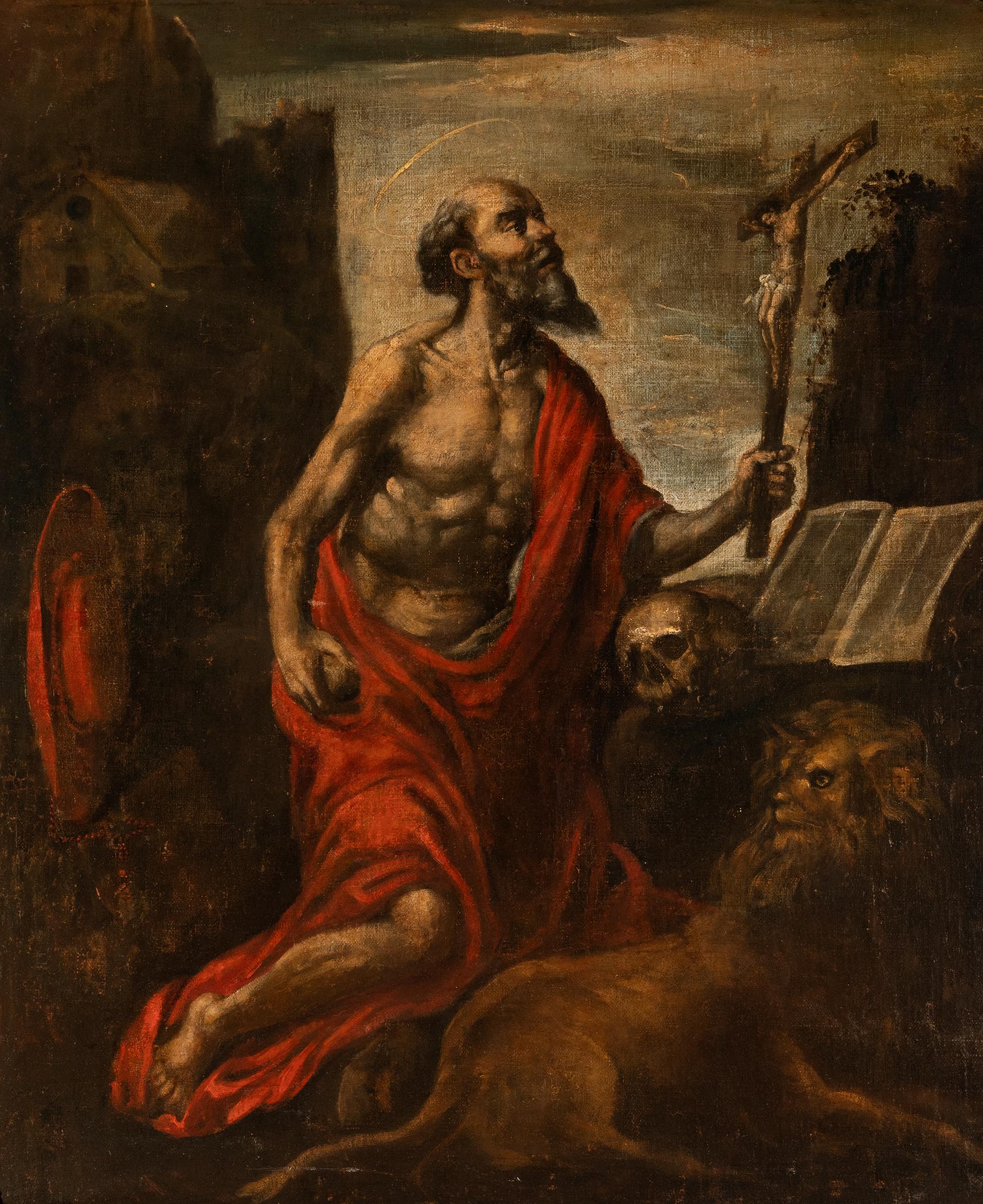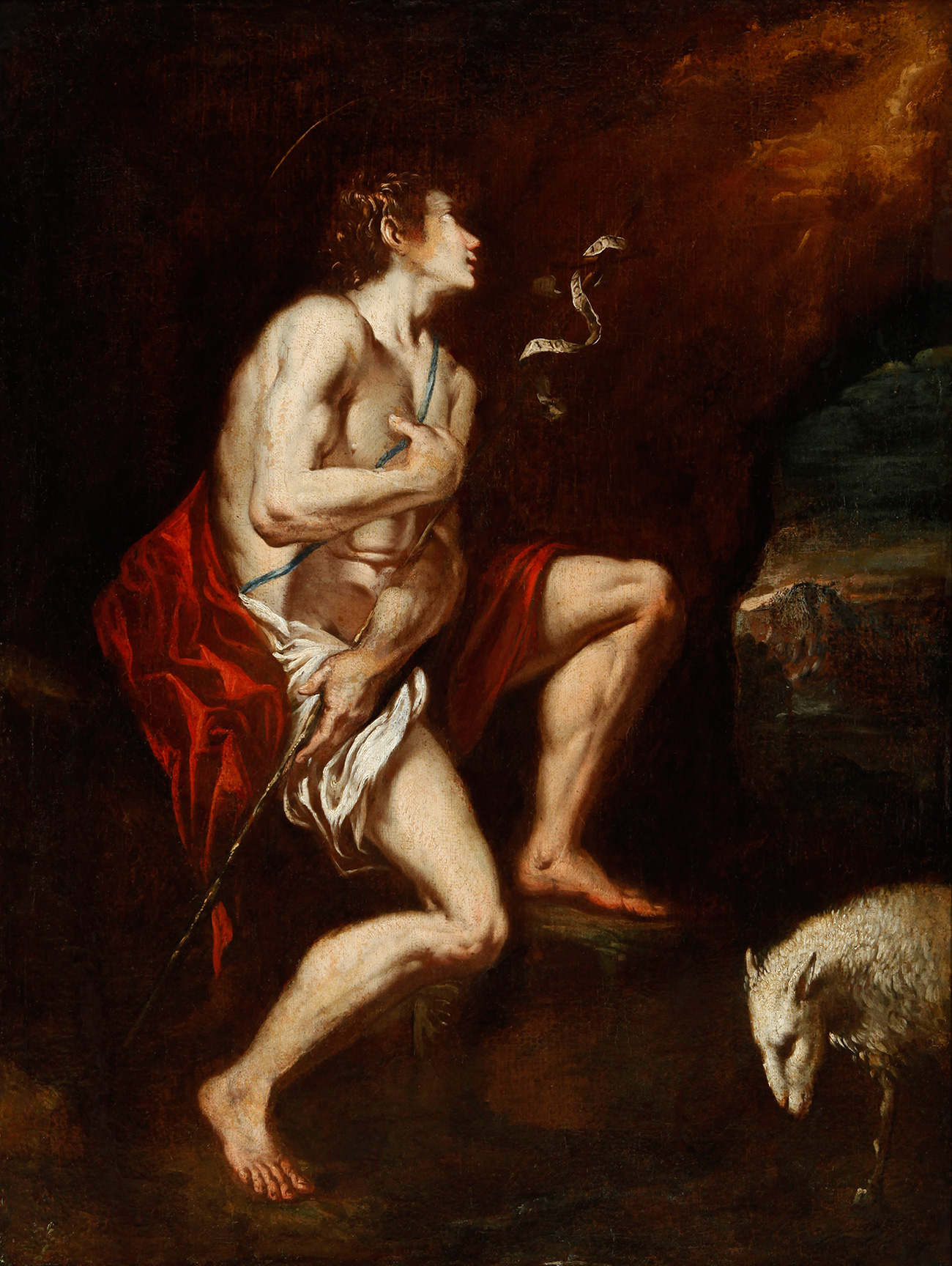The rise of mass consumption would forever transform the concept of art. Until the 1940s, avant-garde art had been associated with conceptual or expressive depth, and was destined for the delight of an elite cultured. Despite wanting to be anti-bourgeois, many breakthrough movements end up being highly elitist, an art for initiates.
Pop Art, although it was born in England (the starting gun was given by Richard Hamilton with his humorous collage “What makes today’s homes so different, so funny?”), It was in the USA that it found its ideal habitat to grow.
The entry of televisions into homes, the economic boom that made the middle class prosper, the hedonistic worlds that Hollywood cinema and advertising inoculated at all hours to leave behind the aftermath of World War II …, they were the broth cultivation for a new artistic trend to triumph as no other had done: deep down, Pop Art would oppose the banal, against the artisan it would vindicate mass production, and against the philosophical seriousness it would opt for light-hearted humor.



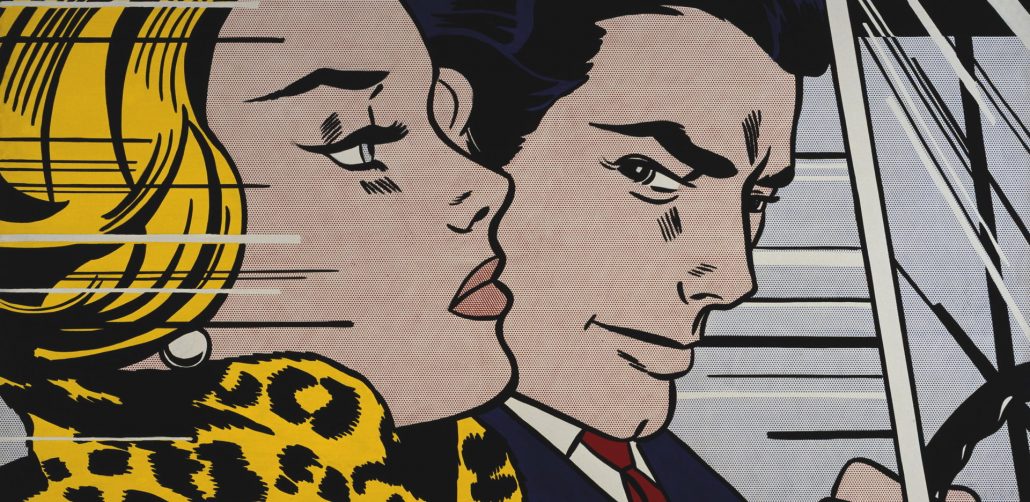
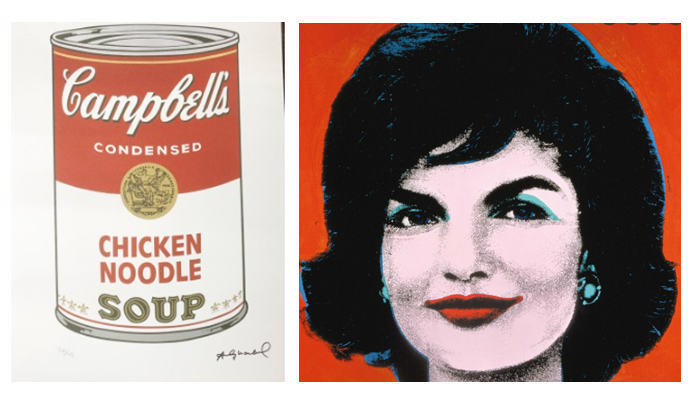
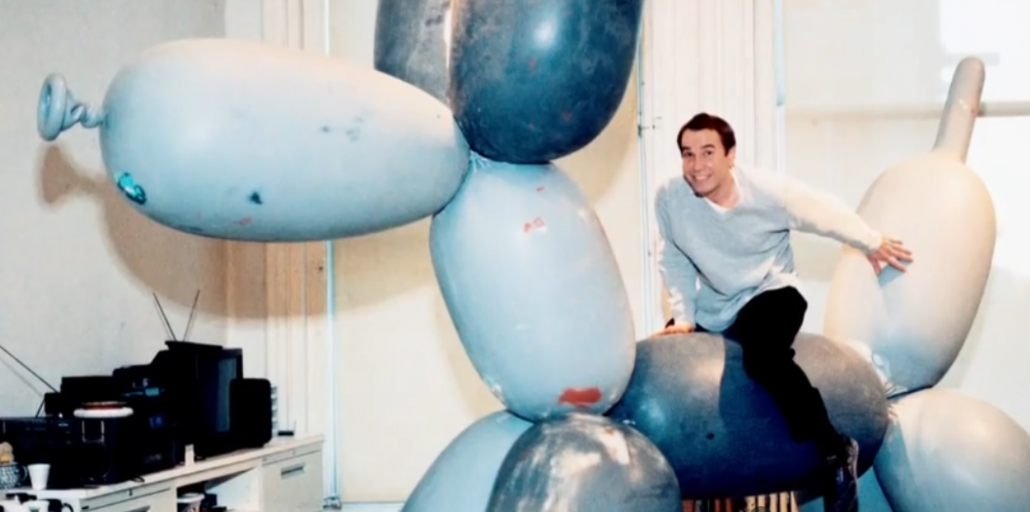 Other neo-pop artists, on the other hand, are characterized by ironically exploring the limits of good taste and kitsch, such as Jeff Koons and his emblematic “Balloon”: a sculptural series representing dogs and hearts that simulate birthday party balloons. His eagerness is merely celebratory , says the artist, always avoiding any type of second reading of his works.
Other neo-pop artists, on the other hand, are characterized by ironically exploring the limits of good taste and kitsch, such as Jeff Koons and his emblematic “Balloon”: a sculptural series representing dogs and hearts that simulate birthday party balloons. His eagerness is merely celebratory , says the artist, always avoiding any type of second reading of his works.